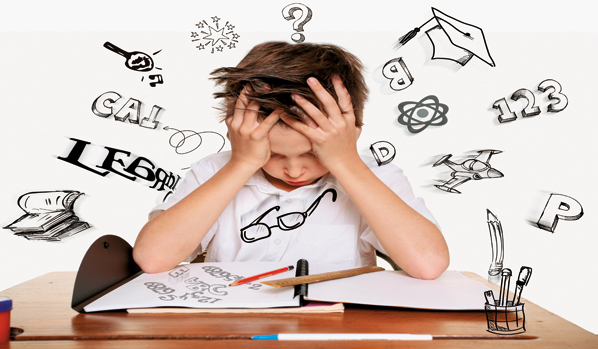Dyslexia can impact a person’s reading, writing, and spelling abilities, but with the right support and customized strategies, individuals can effectively manage it. Early detection, specialized teaching methods, and ongoing encouragement are crucial in helping those with dyslexia gain confidence and succeed. By emphasizing individual strengths and utilizing personalized learning approaches, people with dyslexia can improve their skills and excel in both academic and daily life situations.
Reading tools can help individuals with dyslexia improve comprehension and confidence. Below are several effective options for support:
Reading Strips
Reading strips assist individuals with dyslexia by highlighting one line of text at a time. They help to reduce distractions and enhance focus, making it easier for readers to follow along with the text. By narrowing the visual field and isolating the line being read, these strips can significantly improve reading speed and comprehension. The use of reading strips also helps reduce visual stress and fatigue, which are often experienced by individuals with dyslexia.
Memory Aids for Retention
By helping individuals better process and organize what they have read, these aids contribute to a deeper understanding of the material and improve overall learning outcomes. They include techniques or devices designed to enhance memory by creating associations or visual cues. This helps in recalling information and connecting new knowledge with existing knowledge, thereby reinforcing learning and making it easier to retain important details.
Digital Tools
Digital reading tools provide an interactive experience that engages individuals with dyslexia, making reading more accessible. These tools guide users through the text in a way that improves comprehension and maintains focus, offering a more dynamic approach to managing digital content. They include features such as text-to-speech, adjustable text size, and customizable background colors, which cater to different reading preferences and needs.
Spelling Tools
Spelling aids provide visual cues and interactive elements that reinforce correct spelling patterns. By offering clear and consistent visual support, they help users recognize and remember how words are spelled. Over time, these aids lead to improved spelling accuracy and contributes to stronger writing skills. They include features such as color-coded letters, phonetic guidance, and visual memory prompts, which make learning to spell more engaging and effective.
Color-Coded Organizers
Color-coded tagging tools assist individuals with dyslexia in organizing and highlighting important information within a text. By assigning different colors to various types of content, such as key concepts, definitions, or main ideas, these tools help to visually differentiate and categorize information. The tools break down complex material into manageable sections, making the reading process more structured and intuitive.
For more information about reading tools for dyslexics, visit www.see-n-read.com


